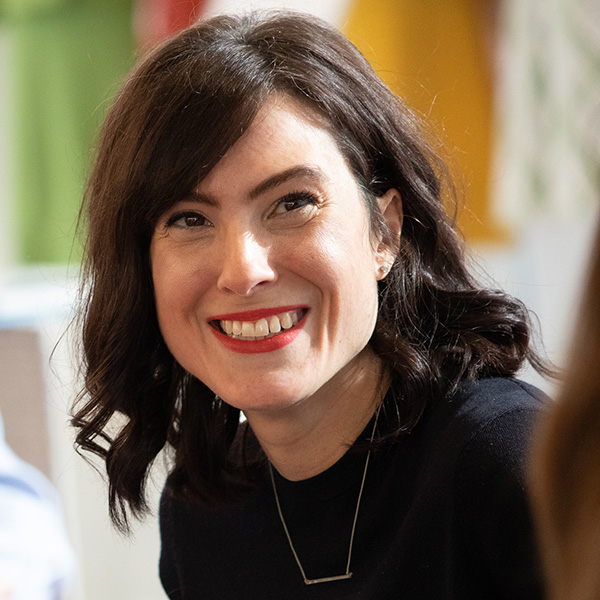Ad Age Video & Podcasts
How hospital system NewYork-Presbyterian is helping patients prioritize wellness

February 22, 2023 10:00 AM
Featured Stories
Ulta Beauty hires VaynerMedia—behind their ‘modern AOR’ relationship
The win expands Vayner's existing relationship with the brand.




